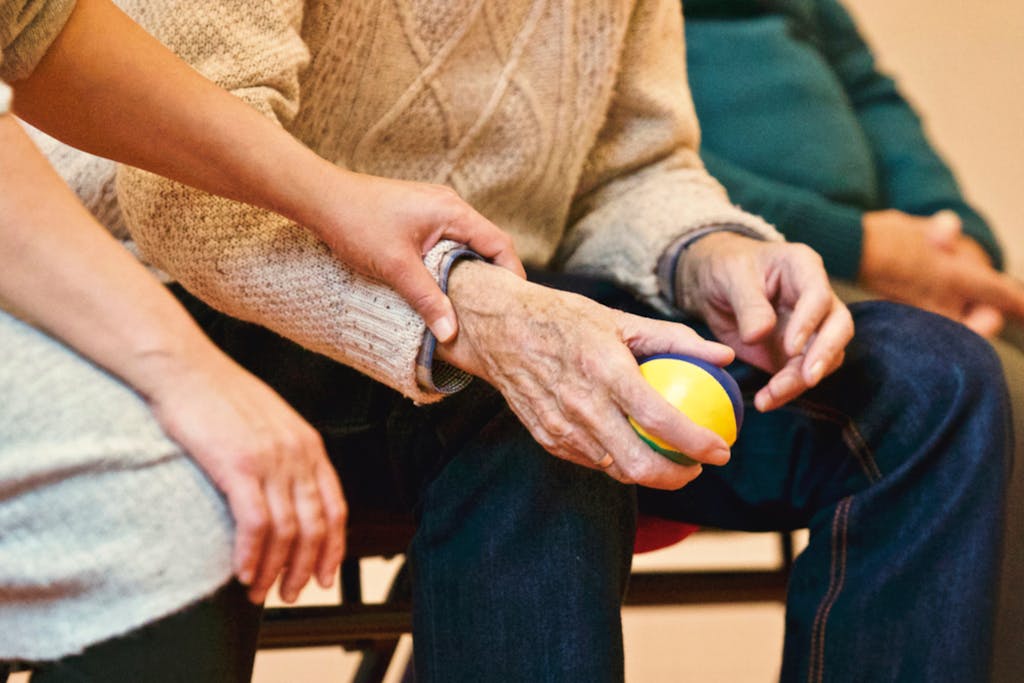Knee pain can arise from various causes, including injury, arthritis, or overuse. Identifying the underlying cause is the first step in managing and alleviating knee pain. If you experience persistent pain, it’s important to consult with a healthcare professional who can diagnose the issue and recommend appropriate treatments. Understanding whether your pain is due to a specific injury or a chronic condition like arthritis will help you tailor your management approach effectively.
Incorporating Low-Impact Exercises
Regular physical activity is crucial for managing knee pain, but it’s important to choose the right kind of exercise. Low-impact exercises, such as swimming, cycling, and walking, can help strengthen the muscles around the knee without putting too much strain on the joint. Strengthening the quadriceps and hamstrings, the muscles that support the knee, can improve stability and reduce pain. Stretching exercises to maintain flexibility in the legs can also be beneficial.
Weight Management
Maintaining a healthy weight is essential for reducing stress on your knees. Excess body weight can put additional pressure on the knee joints, exacerbating pain and increasing the risk of injury. If you’re overweight, losing even a small amount of weight can make a significant difference in reducing knee pain. A balanced diet combined with regular physical activity can help you achieve and maintain a healthy weight, leading to improved knee health.
Using Supportive Footwear
Wearing the right shoes can have a big impact on knee pain. Supportive footwear with proper arch support and cushioning can help reduce the strain on your knees, especially if you spend a lot of time standing or walking. Orthotic inserts may also be beneficial for those with specific foot alignment issues. Avoid high heels and shoes with poor support, as they can worsen knee pain.
Applying Cold and Heat Therapy
Cold and heat therapy are simple yet effective ways to manage knee pain at home. Applying a cold pack to the affected area can reduce swelling and numb sharp pain, particularly after physical activity. Heat therapy, on the other hand, can help relax and loosen tissues, stimulate blood flow, and soothe chronic aches and stiffness. Alternating between cold and heat can provide comprehensive relief, depending on your symptoms.
Considering Physical Therapy
Physical therapy can be highly effective in managing knee pain, particularly if it’s caused by injury or chronic conditions like osteoarthritis. A physical therapist can guide you through exercises that strengthen the muscles around the knee, improve flexibility, and enhance overall mobility. They can also provide techniques to improve your gait and reduce the load on your knees, helping to prevent further pain and injury.
Exploring Pain Relief Options
There are various pain relief options available, from over-the-counter medications to topical creams. Nonsteroidal anti-inflammatory drugs (NSAIDs) can reduce inflammation and alleviate pain, but they should be used as directed by a healthcare professional. Topical treatments, like gels and patches, can also provide localized relief. For severe pain, your doctor may recommend corticosteroid injections or other interventions.
Adopting Lifestyle Modifications
Making certain lifestyle changes can play a significant role in managing knee pain. Avoiding activities that put excessive stress on the knees, like running or jumping, can help prevent flare-ups. Instead, focus on activities that promote knee health, such as swimming or yoga. Additionally, practicing good posture and using assistive devices like knee braces or walking aids can help manage pain and improve mobility.






